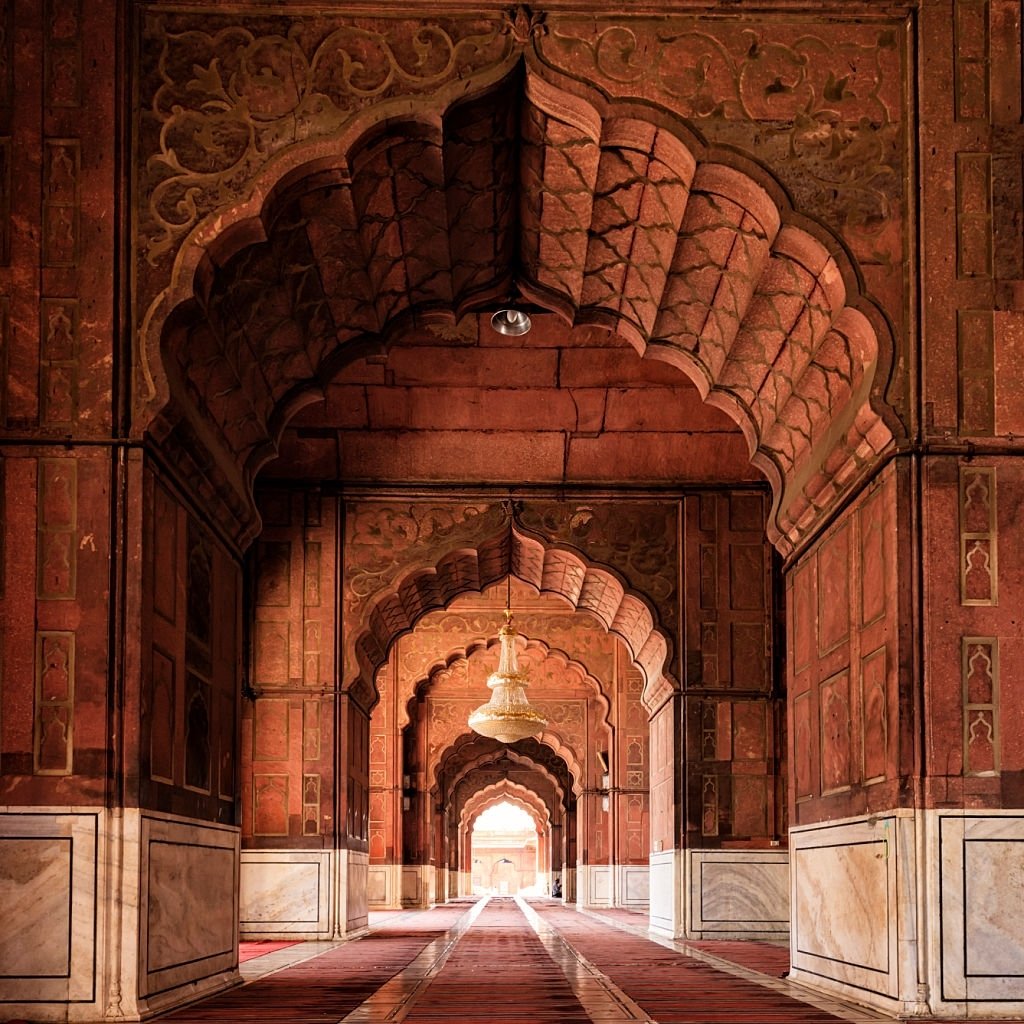When did the Islamic calendar begin?
There are many calendars from all around the world, and some of these calendars are related to and based on religion. Islam has its own Islamic calendar, which is the Hijri calendar and it has been created in 622 A.D. The Islamic calendar is a Lunar calendar, meaning that unlike the Solar calendars; Lunar calendars are the type of calendars that is based on the cycles and phases of the moon. There is an 11 to 12 days difference between a Solar Calendar and a Lunar calendar, which is why the Hijri calendar consists of 12 months, 354 days, 8 hours, 48 minutes, and 34 seconds.
Hijrah Meaning
The Islamic calendar has been named the Hijri calendar and is known among most Muslims by this name, as the name Hijri calendar refers to the Hijrah. Hijrah is when Prophet Muhammad (peace be upon him) completed his migration from Mecca to Yathrib in Al Madina Al Monawara in 622 A.D which marks the beginning of the Hijri calendar. The reason behind Prophet Muhammad’s migration from Mecca to Al Madina was that the infidels or the anti-Muslims were torturing any Muslims in Mecca, and they were planning to kill Prophet Muhammad. So, then the Prophet instantly told his followers to migrate in small groups from Mecca to Madina, so when the anti-Muslims were informed and knew of the Muslims’ plan, they decided and plotted that they will gather one day at night in order to kill Prophet Muhammad before he migrates, but their plan has failed, and by so this was the emergence of Hijrah.
However, the Hijri calendar was created after 6 years after Prophet Muhammad’s death which was 11 years after Hijrah. The Khalifa Umar ibn Al Khattab was the creator of the Hijri, he was the one who decided to end the confusion among Muslims and marked the Hijrah as the beginning of the Hijri calendar. Back then Muslims debated the issue of the Islamic calendar, as some suggested that the start of the Islamic calendar would mark the date of Prophet Muhammad’s birth, others suggested that it would mark the date of his death, and the majority agreed on marking the beginning of the calendar the date of the Hijrah, and this was officially agreed upon after Khalifa Umar ibn Al Khattab consulted and took the agreement of Uthman ibn Affan and Ali ibn Abi Talib.
Islamic Dates
The Hijri calendar consists of 12 months, and each name has a specific meaning, the meaning of these names are as follows;
Muharram is the first Hijri month and the beginning of the Islamic calendar. The word Muharram means forbidden because during this month fighting is forbidden.
Safar is the second month in the Hijri calendar, there were different opinions on why this month was named Safar. Some people claimed that it was named Safar due to the fact that there were many battles that used to take place during this month, so the Arab homes were emptied because they were busy fighting those battles. Other people claimed that this month was named Safar because Arabs used to loot the houses of their defeated enemies, meaning that they would take all the goods that they would find in their enemies’ houses after defeating them.
The third month in the Islamic calendar is Rabi al Awal, it is known among Muslims to be a blissful month because it is the beginning of Spring. In addition, during this month there is an Islamic date that is celebrated by Muslims, which marks the birth of the Prophet Muhammed (peace be upon him), as he was born in 570 A.D. During this month many people celebrate Al Mawlid Al Nabawi, or the birth of the Prophet Muhammed; however, they also remember and grieve his death during this month, as he passed away in 632 A.D.
After that comes the third month of the Hijri Calendar, which is Rabi Al Thani, which means spring second, because it is the second month of Spring. During this month Muslims used to celebrate many of their victories and their new possessions that have been gathered during this month and Rabi Al Awal, after winning battles during Safar, or the second month of the Islamic calendar.
Jamada Al Awal and Jamad Al Thani or Al Akhir are the fifth and sixth months of the Hijri calendar, these months were named so because at that time it was the Winter season and the water was freezing. During Jamada Al Thani Prophet Muhammad and Khadija’s daughter, Fatimah al-Zahra was born, and she also died in the same month.
The seventh month of the Islamic calendar is Rajab, which means honor or respect. It is also considered a sacred month which is why fighting during this month is also forbidden.
Shaaban is the eighth month of the Hijri calendar, it is the month in which some Muslims start to prepare for Ramadan. Shaaban means scattered, which refers to the time when Arabs used to scatter or spread searching for water.
The ninth month of the Islamic calendar is Ramadan, it is the most known month among the 12 months of the Hijri calendar. It is the month of fasting for Muslims, where they fast every day during this month from dawn till dusk.
Following that comes the tenth month of the Hijri calendar, which is Shawwal; the name refers to the time of the year when female camels are pregnant. During this month Muslims celebrate Eid Al Fitr.
As for the eleventh month, Dhu Al Qaeda; it is also a sacred month in which Allah forbids fighting and violence so that Muslims could pilgrimage to Kaaba in Makkah in order to prepare for Hajj safely.
The twelfth and last month in the Hijri calendar is Dhu Al-Hajj, it marks the last day of the Islamic year in which Muslims perform Hajj if they are able to. During this month Muslims celebrate Eid Al Adha, which is considered one of the biggest Islamic festivals along with Eid Al Fitr.
Check more Blogs.





